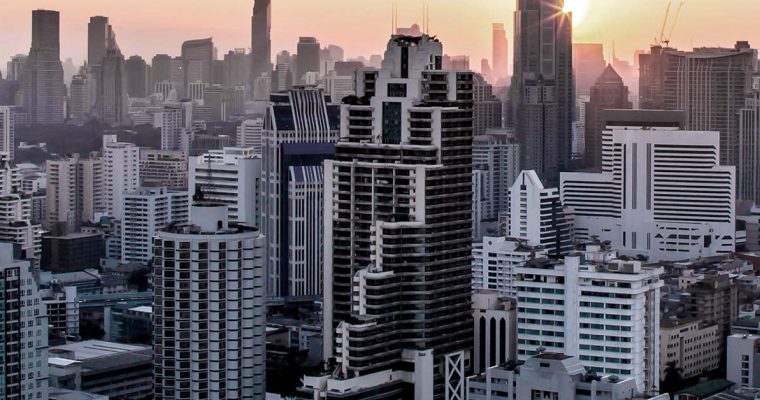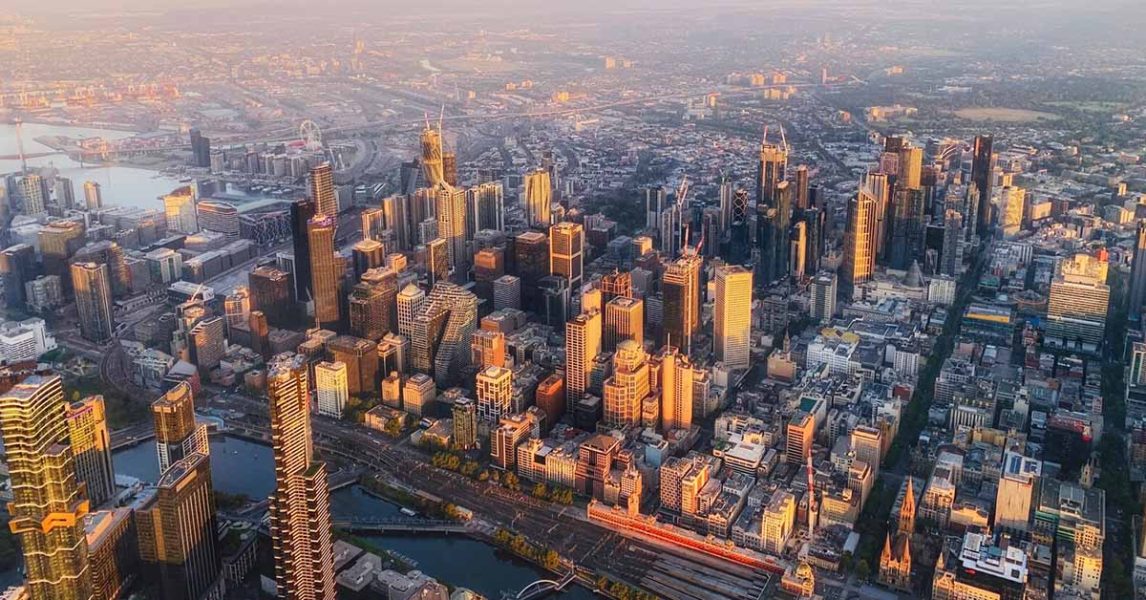
Where are we living and how are we moving?
For your employeesAdjustments in the way we live and work have come fast and furiously since 2020, which has meant tangible evidence of where we’ve landed has been in relatively short supply. This changed in June 2023 with the release of a comprehensive research project from iMOVE, the national centre for transport and mobility R&D, titled The Future of Australian Cities and Regions in a Post-Pandemic World.
The 268-page report — co-funded by the Australian Federal Government’s Department of Infrastructure, Transport, Regional Development, Communications and the Arts, and conducted by the University of South Australia (UniSA) — contains a snapshot of data-backed insights on some of the emerging trends in our post-pandemic workforce, and what it means for workforce planning, as well as employee retention and recruitment strategies.
As Scott Fitzgerald from iMOVE explains, the fundamental questions behind the report were:
- What’s driving business and residential location patterns in Australia?
- What are both the drivers and barriers to attracting and retaining businesses and households to Australia’s regional cities?
- How do these drivers and barriers differ between industries and regional areas?
- What are the possible long-term impacts of COVID-19 on where businesses choose to set up shop, and where people choose to live?
- How are these impacts likely to influence resulting spatial patterns of employment activity and residential settlement?

The impacts of COVID on where we’re working
The Future of Australian Cities report noted, that while the traditional factors that a business takes into consideration when weighing up a location – like access to land, labour and customer base – remote and flexible working arrangements are having (and will continue to have) a major impact on where businesses are establishing their operations.
Based on a survey of 906 firms in early 2023, the authors found “access to low-rent and high-quality space, access to clients and consumer markets, and access to labour are rated as some of the most important attributes. Conversely, access to natural resources and raw materials, and proximity to suppliers are rated as some of the least important attributes.”
The report’s authors go on to say, that while urban CBDs are likely to remain the most preferred long-term locations for businesses, a nationwide survey of 906 firms and 2,113 workers calculated approximately “20-25% of the workforce [can be] expected to be working remotely on any given workday, significantly higher than comparable pre-pandemic estimates of 2 [to] 8%.”
Commercial real estate markets have been hit hard by this shift. Data from real-estate agents shows, as of early 2023, roughly 11% of firms in their sample operating in capital city CBDs reported downsizing since the start of the pandemic in March 2020. In capital city suburbs, the comparable figure was 7% and just 4% in regional cities.

“Interviews with businesses and real estate agents in capital cities during mid-2022 indicated significant under-utilisation of office space and high vacancy levels within CBD markets, especially during the peak of the pandemic,” the authors note.
“More recent 2023 market data confirms high vacancy levels across different CBD markets (PCA, 2023). The impacts have been especially acute in the three largest capital cities. Rents have declined across Sydney, Melbourne and Brisbane, held steady in Adelaide, and even increased in Perth.”
However, while the CBD commercial real estate markets in Melbourne, Sydney and Brisbane are currently experiencing a contraction, it’s likely that, over time, the attractiveness of a CBD will be enhanced by improvements in mobility as congestion eases (i.e. fewer people entering CBDs for work) and increased public transport services come on line.
“Our analysis of firm relocation patterns since the pandemic using data from our survey saw a greater movement of firms from suburban locations to the CBD, than [in] the other direction. The 150 landlords and property managers surveyed by this study report higher rates of satisfaction for properties in CBD markets, when compared with suburban and regional markets, and believe that CBD locations are 12 per cent more likely to offer higher long-term rental yields when compared with suburban locations in the same city.”

The impacts of COVID on where we live
Despite the influence of the pandemic, factors like job opportunities, living costs, environmental factors such as climate and pollution, access to schools and healthcare, and proximity to friends and family still play a major role in where people choose to live.
This Future Cities report surveyed 2,970 households nationwide in early 2023 and found that inner-city neighbourhoods have declined in popularity post-pandemic, while middle-city neighbourhoods roughly 10 km away from major CBDs are now among the most popular places for people in urban areas to reside. Outer city suburbs and neighbourhoods have also increased in popularity compared to pre-pandemic numbers.
The report’s authors determined the fastest growth in population was most likely to be seen in Adelaide and Perth. Their research also indicated that Brisbane would remain steady, but the number of people living in Melbourne and Sydney could fall when compared to pre-pandemic numbers.
While there was ample evidence of people leaving the suburbs for regional areas at the height of the pandemic, surveys and interviews conducted by the authors found that coastal centres in regional Australia with “close proximity to a major capital city” are likely to see significant ongoing growth, and that “impacts on other regional centres are likely to be more limited”.
“73% of the 1,562 capital city households in our survey indicated being open to moving to a regional city in the same state as of early 2023, but only 57% of the 1,408 regional city households in our survey indicated being open to moving to the capital city in the same state. Limited economic opportunities appear to be the most important deterrent to increased regional settlement. A majority of Australians would prefer to live in a smaller regional city if they could find comparable employment.”

Wrapping it all up
We’ve all been through a lot since the pandemic began to really bite in March 2020. Lockdowns, school closures and the emergence of remote working learning and communicating with family and friends provided us with ample opportunities to re-think the way our lives and workplaces might look.
As we enter what is being considered the ‘post-pandemic era’, we’re beginning to get a clearer picture of what that world looks like.
From an employer’s perspective, while remote working will continue to be a major factor in the ‘modern’ workplace, it looks as though CBD office spaces will still be in high demand. Organisations will continue to need staff to spend time in a central office setting, meaning employees will be weighing up how they commute from home to an office in the CBDs of Melbourne, Sydney, Brisbane, Adelaide or Perth.
From an employee perspective, the pandemic hasn’t altered the factors that people take into consideration when choosing where to live – job opportunities, access to essential services and community support. The attraction of living close to a major CBD is on the decline, with data illustrating a shift away from urban and inner-city living to inner suburban and outer metropolitan parts of Australia’s cities.
Data collected by reports like The Future of Australian Cities and Regions in a Post-Pandemic World also indicates the trend of people eschewing life in the big cities and moving to rural and regional areas of Australia is over. Instead, the emerging trend sees people relocating to coastal regions within a reasonable distance from a capital city.
Being an employer who offers a mix of desirable staff benefit programs, who invests in varied and new mobility options that make it easier to get around our cities, and who is serious about minimising carbon emissions will continue to play an important role in recruiting A-grade talent and retaining the high performers in your workplace.
Want to know more about attracting and keeping high-performing staff? Talk to SG Fleet today.
 Driving Insights
Driving Insights




